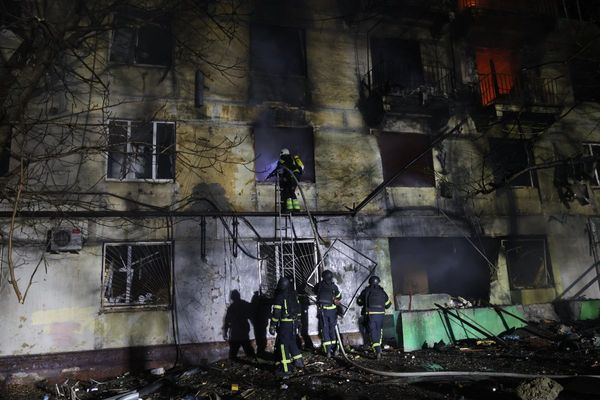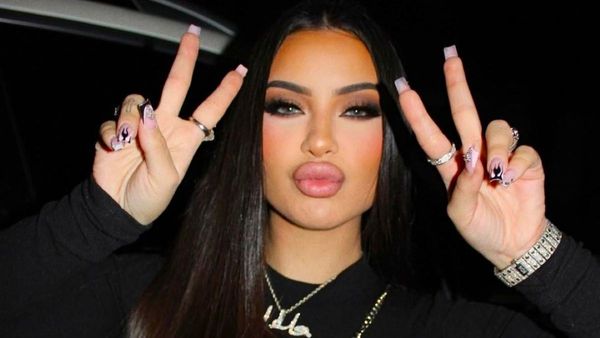
The tragic death of Mexican social media influencer Valeria Marquez has come as a shock to her hundreds of thousands of fans.
During a live TikTok stream, the beauty influencer was shot dead in the salon where she worked in Zapopan.
The Jalisco state prosecutors said the killing was being investigated as a possible femicide – the killing of women or girls for reasons of gender. Unfortunately, femicide has become a widespread problem in the country, making Ms Marquez’s tragic death a reflection of a national crisis.
This is everything we know about Valeria Marquez and her heartbreaking death.
Who was Valeria Marquez?
Ms Marquez was a beauty and lifestyle influencer, with more than 100,000 Instagram followers.
Aged just 23, the influencer shared beauty and makeup content on her social media accounts.
She owned and worked at her beauty salon, Blossom Beauty Lounge, in Jalisco.
What happened to Valeria Marquez?
Her tragic death is still under investigation, with the motive behind the shooting still unknown.
The shooting took place at her salon whilst Ms Marquez was livestreaming on TikTok.

In the harrowing footage, Ms Marquez was seen holding a stuffed animal, before she is heard talking to someone off screen. She is heard saying, “They’re coming.”
Moments after, the livestream audio was muted and Ms Marquez was shot three times. After the shooting, an individual picked up Ms Marquez’s phone and ended the stream.
A suspect has not been named.
Why are femicide rates so high in Mexico compared to the rest of the world?
In 2020, a quarter of female killings in Mexico were investigated as femicides - which is the killing of a woman or girl on account of her gender. Cases of femicide have been recorded in every one of the country’s 32 states.
The UN has said according to government data, 10 women and girls are killed every day by intimate partner of other family members.
Femicides in Mexico peaked in 2021 when there were 1,000 female gender-based killings, but this dropped to 829 in 2024, according to this year’s Mexico Peace Index report.
The report also attributed violence against women in Mexico to machismo and socio-cultural norms that perpetuate violence against women.
The two violent crime sub-indicators most associated with violence are sexual assault and family violence.
However, it is important to note that many victims never file complaints, many cases go unreported, and some are never even investigated.
Why is femicide on the rise?
According to UN Women, every ten minutes, partners and family members killed a woman intentionally worldwide in 2023.
Femicide is driven by discrimination against women and girls, unequal power relations, gender stereotypes, or harmful social norms.
It is a global crisis, though Africa has recorded the largest absolute and relative numbers of femicide. The Americas and Oceania have also recorded high rates of femicide.
It has also been noted that women in the public eye, such as those in politics or those with an online presence, are more often targets of deliberate acts of violence.
How can femicide be prevented?
Often, femicide is the culmination of repeating episodes of gender based violence. Police and justice sectors have a role to play in ensuring early reports of violence are properly investigated and supported.
Dismantling socio-cultural attitudes towards women is a big feat, butt women’s rights charities and organisations play a huge role in preventing violence against women.
Many organisations hold governments accountable, provide victims with support, and spread awareness. However, many of these organisations lack the funding to reach their full potential.







